
Speed plus precision plus payload equals strategic impact.” These were the words of Iranian defense analyst Abbas Kharabaf to explain a missile achievement that has caused shockwaves along the world’s military corridors. This June 2025, the Middle East’s already uncertain security math was thrown into disarray when Iran’s Fattah-2 hypersonic missile entered combat for the first time, pushing the boundaries of Israel’s iconic Iron Dome and multi-layered missile defense.
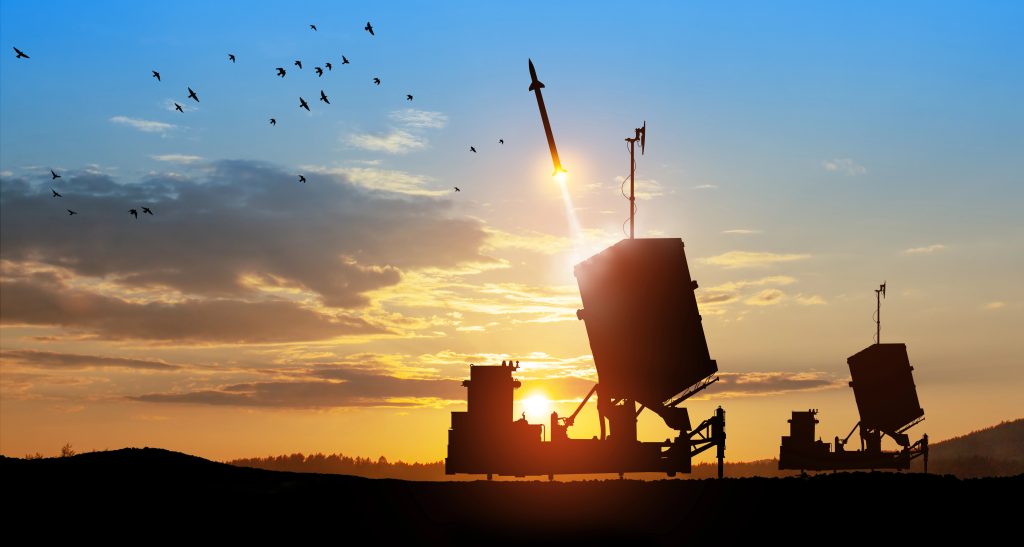
Israel’s air defense systems have been celebrated for years as a marvel of technology, downing thousands of rockets and protecting countless lives. But with the missile competition intensifying and competitors innovating, the question is: can even the best defense keep up with the age of hypersonic war? The following listicle reviews the most interesting developments driving the region’s missile standoff, from revolutionary weapons to the material science of unhittable speed.
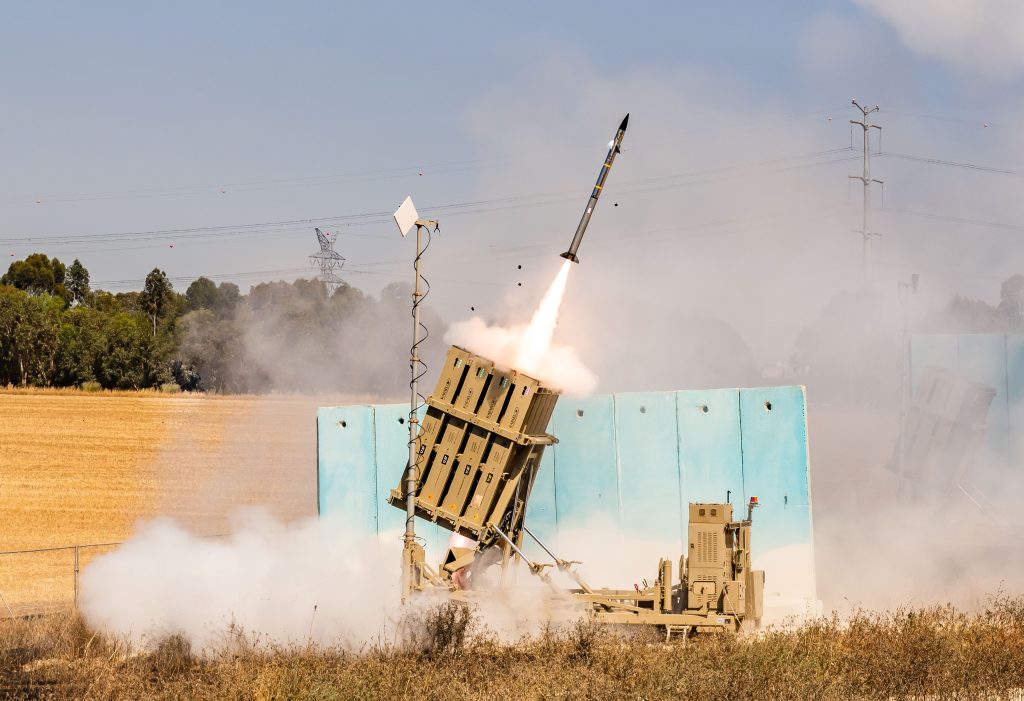
1. The Iron Dome: Israel’s Missile Defense Backbone
Since its induction in 2011, the Iron Dome has become the epitome of Israeli tenacity under attack. Created by Rafael Advanced Defense Systems with American funding, it leverages a web of radars and Tamir interceptors to detect and neutralize incoming rockets. The system is extremely mobile, with each battery able to protect a 60-square-mile radius and being armed with up to 20 interceptors per launcher.
Whereas the Iron Dome has a reported interception success rate as high as 85 percent by Israel’s Ministry of Defense, its strength really lies in discriminating between threats, only intercepting projectiles that threaten population areas. Nevertheless, as Center for European Policy Analysis analysts cautioned, the system is exposed to weaknesses in the face of “saturation” attacks—massive, simultaneous bombardments intended to saturate its capabilities.the system was potentially susceptible to a “saturation” attack.

2. The Multi-Layered Shield: Beyond the Iron Dome
Israel’s defense against missiles is not one wall but a layered array. The Iron Dome is used for short-range threats, while David’s Sling and the Arrow 2 and Arrow 3 systems are intended to hit medium- and long-range ballistic missiles, including ones that fly outside of atmosphere.

In the June 2025 conflict, dramatic video recorded exoatmospheric interceptions by Arrow 3, intercepting Iranian ballistic missiles before they entered the atmosphere.Dramatic video has been recorded of what are presumed to be exoatmospheric interceptions American aid, including the stationing of Aegis-equipped ships and THAAD batteries, further strengthened Israel’s defenses. But with missile salvos increasing, the limited nature of interceptor stockpiles increasingly preoccupied Israeli planners.

3. Iran’s Fattah-2: Game-Changing Hypersonic
On June 13–14, 2025, Iran’s Fattah-2 hypersonic missile made its first operational appearance in retaliation for Israeli attacks. With the ability to fly at speeds over Mach 15 and having maneuverable glide vehicles, the Fattah-2 was deployed to attack high-value Israeli radar and defense infrastructure.
Several Fattah‑2 hypersonic missiles were deployed in Iran’s retaliatory attack
Unlike conventional ballistic missiles, these missiles have the ability to change their trajectory in-flight, making them very hard to intercept.
Iran currently boasts that it is one of the only a few countries with operational hypersonic weapons, upending regional dynamics and frustrating the technological advantage Israel and the U.S. have maintained. “The launch of Fattah‑2 amid ongoing conflict is a clear message to enemies: Iran’s deterrent powers are changing,” remarks the new analysis.Iran boasts to have created and placed into production a minimum of three operational hypersonic missile systems.
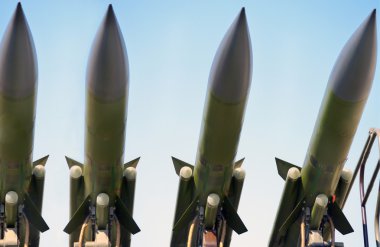
4. Overwhelming the Shield: The Power of Saturation Attacks
Iron Dome’s biggest weakness is its limited ability to counter massed rocket barrages. In recent rounds of escalation, Palestinian attackers—sometimes backed by Iran launched more than 1,000 rockets in a span of less than two days, highlighting the system’s logistical and financial limitations. The sheer number of rockets served to emphasize the disadvantage of using Iron Dome against continuous mass saturation attacks Each interceptor Tamir costs $40,000 to $100,000, while the unguided rockets they intercept can cost as little as $500. As barrages intensify, the cost and speed of resupply become critical factors, and the risk of stockpile depletion grows.
“Missile defenses are finite. The defender is always limited by the number of interceptors it possesses,” University of Tasmania’s James Dwyer writes. The attacker, on the other hand, can frequently manufacture or stockpile additional rockets for a fraction of the cost. Missile defenses are finite. The defender is always limited by the number of interceptors it possesses.
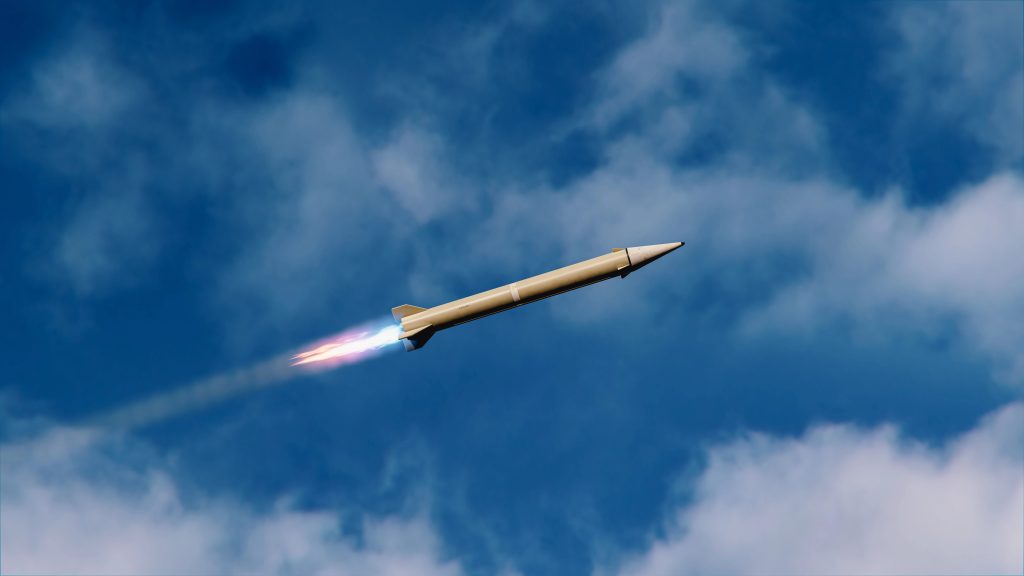
5. Hypersonic Materials: The Science Behind the Speed
Hypersonic missiles such as the Fattah-2 require exceptional materials to withstand the harsh heat and pressure of Mach 15 flight. These vehicles, according to a 2024 Nature Communications review, use refractory alloys, ultra-high temperature ceramics, and high-strength composites to support temperatures of over 2,000°C.Hypersonic aircraft have to endure harsh conditions on flights that travel more than five times the speed of sound Latest manufacturing methods, including coatings and additive manufacturing as well as high-entropy alloy design, are making it possible to create more durable, lightweight, and heat-resistance components.
“Thermal protection systems are employed for thermal regulation of leading edges, nose, and propulsion features that experience the greatest heat flux,” the authors explain. The relentless pace of materials innovation is now a critical front in the hypersonic arms race.
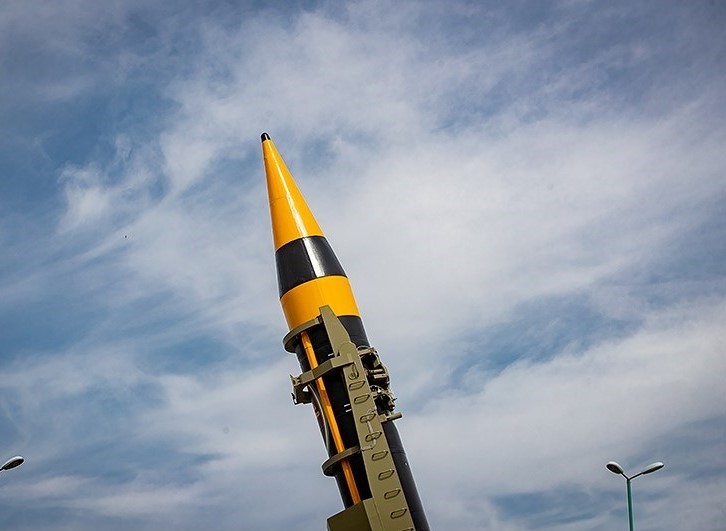
6. Maneuverable Warheads and Advanced Guidance
Iran’s new missiles, the Fattah-2 and Khorramshahr-4, have maneuverable reentry vehicles (MaRV) and terminal guidance capabilities. These enable the warhead to modify its flight path during the terminal phase of flight, bypassing interceptors and enhancing accuracy.the warhead can be mounted on Iran’s current medium- and long-range ballistic missiles This combined with hypersonic velocity poses a significant challenge to missile defense systems based on projecting a missile’s trajectory.
Such developments not only increase Iran’s capability to attack hardened or mobile targets but also compel enemies to spend on next-gen sensors and AI-based interception capabilities.
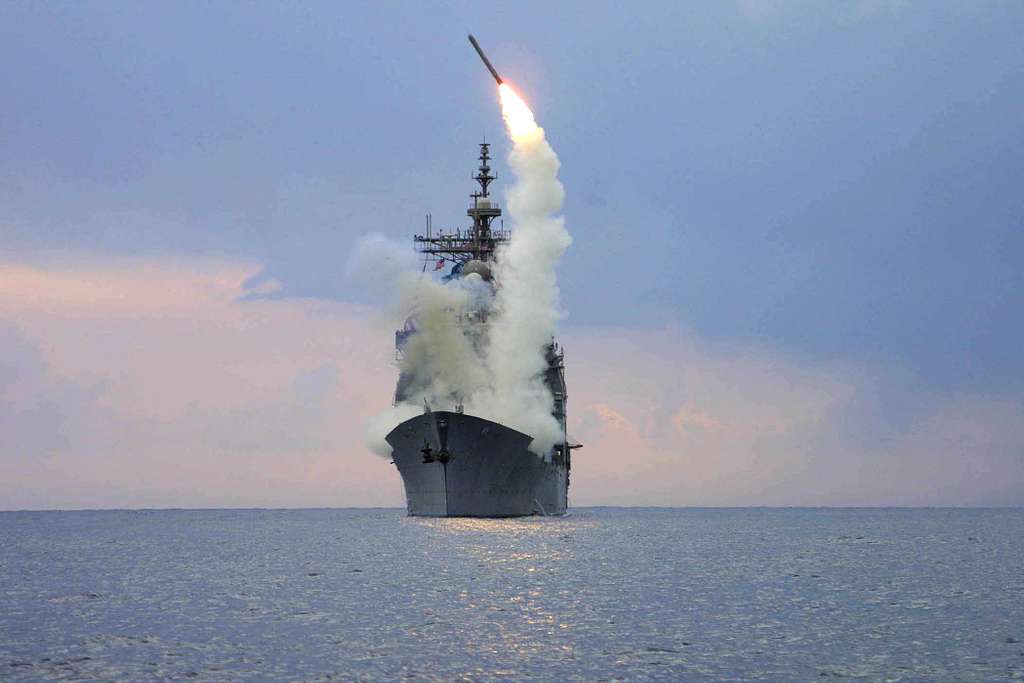
7. Cruise Missiles and Low-Altitude Threats
Apart from hypersonics, Iran’s military capabilities feature cutting-edge cruise missiles such as the Qadir, which can attack at low altitudes and escape radar detection. These missiles are capable of being fired from land, sea, or air, and are intended to take advantage of blind spots in conventional missile defense capabilities.Iran has been working hard to build up its cruise missile manufacturing capabilities The convergence of cruise missiles, unmanned aerial vehicles, and ballistic missiles is a multi-vector threat that challenges the flexibility and quickness of Israel’s defenses.
As defense systems are compelled to balance across several types of incoming attacks, chances for successful penetration become greater—particularly if attackers coordinate their attacks.
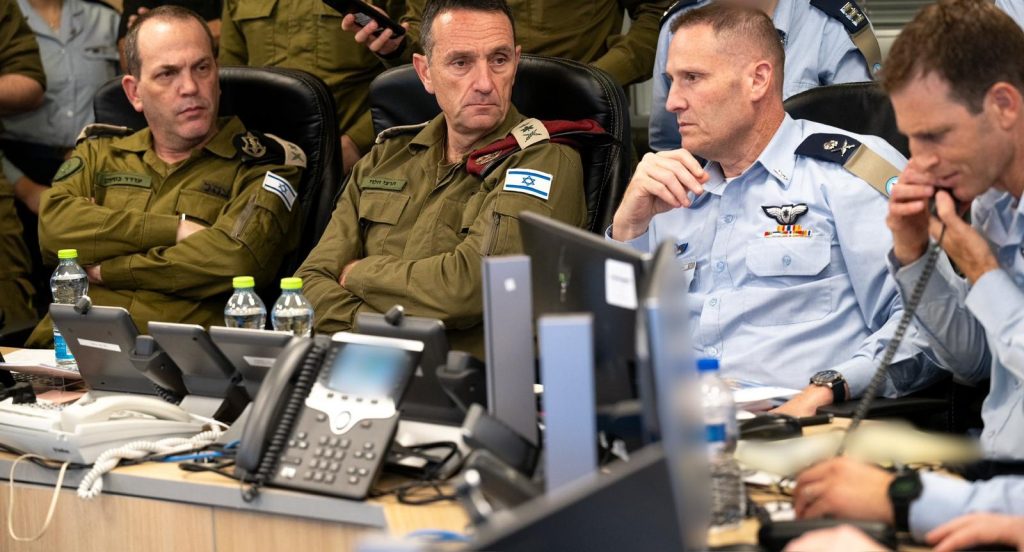
8. The Cost Equation: Asymmetry in Expenditure
The financial aspect of missile war is sometimes neglected. As Israel invests millions in replacing high-tech interceptors, its enemies can produce rockets and drones at a small fraction of the cost. Insurance payments for damage from rockets during the 2014 Gaza war totaled nearly $40 million, while indirect economic damages amounted to almost $1 billion.the difference in costs of using Iron Dome against these more low-end threats is highlighted This imbalance encourages the use of massed, inexpensive attacks to drain defense capabilities.
Iran’s investment in cruise missiles and hypersonics is not only about technological parity, but about using low-cost tools to undermine Israel’s strategic position over time.

9. The Race for Countermeasures and the Future of Missile Defense
Israel’s answer to the hypersonic challenge is already in motion. The upgrading of Arrow and David’s Sling systems is already being speeded up, with emphasis placed on AI-driven early-warning and interception technology.Israel has already committed to upgrading its multilayered defense system, with emphasis on AI-driven early-warning and interception technology In parallel, U.S. and allied forces are also integrating their own missile defense systems, such as THAAD and Aegis.
But as hypersonic and maneuverable threats continue to spread, the margin of error diminishes. The future chapter in missile defense will be shaped by fast-paced innovation, cross-domain fusion, and the unyielding pursuit of materials and algorithms that can keep up with the world’s quickest weapons ever conceived.
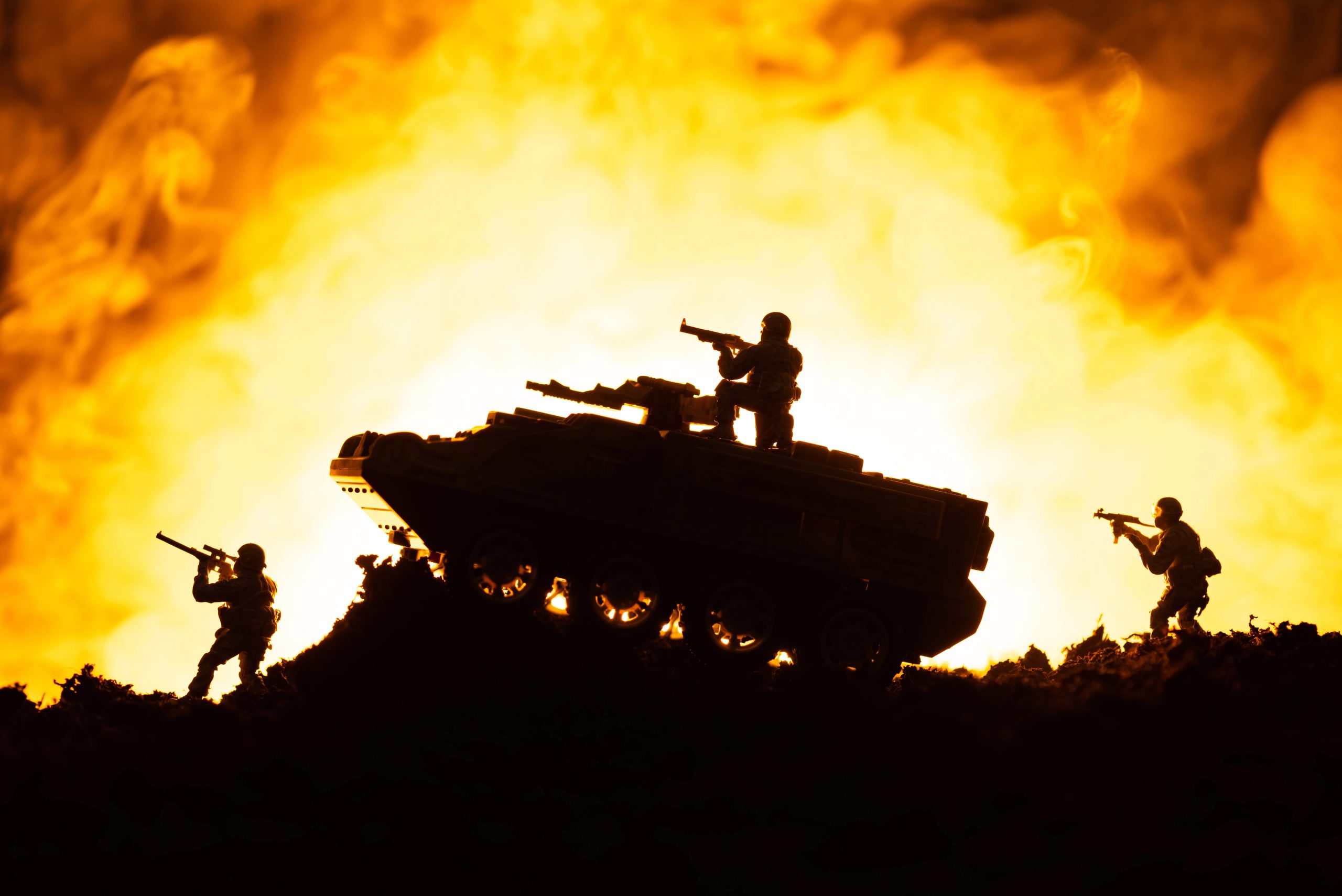
The June 2025 war has reformed the security environment in the region, exposing the seams in even the most developed missile defense systems. As hypersonic technology exits the lab and enters the combat arena, the technological cat-and-mouse game between defense and offense takes a new, uncharted turn. For defense strategists and military technology watchers, the next few years hold not only spectacular leaps in technology but also existential strategic and moral dilemmas regarding the future of warfare in the age of the missile.

